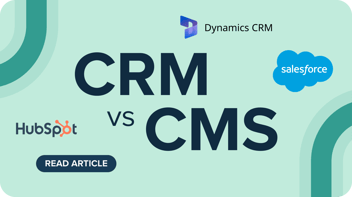What are the different types of e-signing?

In many ways, e-signing provides a lot more comfort than manual signing. There is the benefit of not having to print on paper and you just save time in general. However, there are several types of electronic signatures. We are about to take a look at all three of them and enable you to make the right choice. The different types discussed are qualified electronic signatures (QES), advanced electronic signatures (AES) and simple electronic signatures (SES). Contractify offers every type of signing mentioned in this article.
Advanced Electronic Signatures (AES)
This type of signatures are uniquely linked to the signatory. Moreover, AES are capable to identify the signatory and detect changes if data in the documents are changed. AES enables the initiator to check the identity through the hardware, but not guarantee it. This implies confidence between the two parties is important. As mentioned, hardware needs to be installed to be able to sign. Once the document is signed, the signatory can’t make any more changes.
Important note: with AES the burden of proof lies with the party that initiated the signature in case of protest.
Qualified Electronic Signatures (QES)
Qualified electronic signatures are AES that come with qualified certificates and a qualified electronic signature creation device. The identity of the signatory is not only checked, but also guaranteed. Therefore, QES provides a higher level of security than AES. QES can be executed with itsme or your eID. In order to sign with your eID, you will need an eID card reader. As your eID is unique and the eID card reader is a qualified electronic signature creation device, there is a unique link with the signatory. The signatory only needs to prove its authentication with its PIN code, which allows the system to integrate the signature.
Itsme is an application linked to the bank account or eID of the signatory, which means a smartphone is required. Only one itsme-account per person can exist, which makes sure there is a unique link with the signatory. If you want to sign through itsme, you have to open the app and authenticate, for example, with your code or fingerprint. The app will confirm your identity and the signature will be integrated.
Important note: with QES the burden of proof lies with the disputing party in case of protest.
Simple Electronic Signatures (SES)
SES are the simplest type of e-signing, no hardware is needed to sign a contract. Basically SES include all types of e-signing that don’t meet the criteria to be covered by AES or QES. Within SES there are several possibilities. First there is manual signing, which is a digitally drawn signature. This type of e-signing only relies on the information the initiator provides. As it is difficult to sign as usual with a mouse as well and you can’t verify the identity of the signatory at the moment of signing, it’s recommended to only use manual signing when you’re able to do it face to face.
The second type is e-mail OTP (one-time password), which relies on the info the initiator provides as well. With e-mail OTP the signatory receives a six digits long password to verify its identity. This code ensures a higher security level. SMS OTP is a similar method, this time sending the password through SMS.
Important note: with SES the burden of proof lies with the signing party in case of protest.
What e-signing solutions best fits your company?
Schedule a consultation with our experts: they will help you find the most efficient and secure e-signing method for your organisation.




